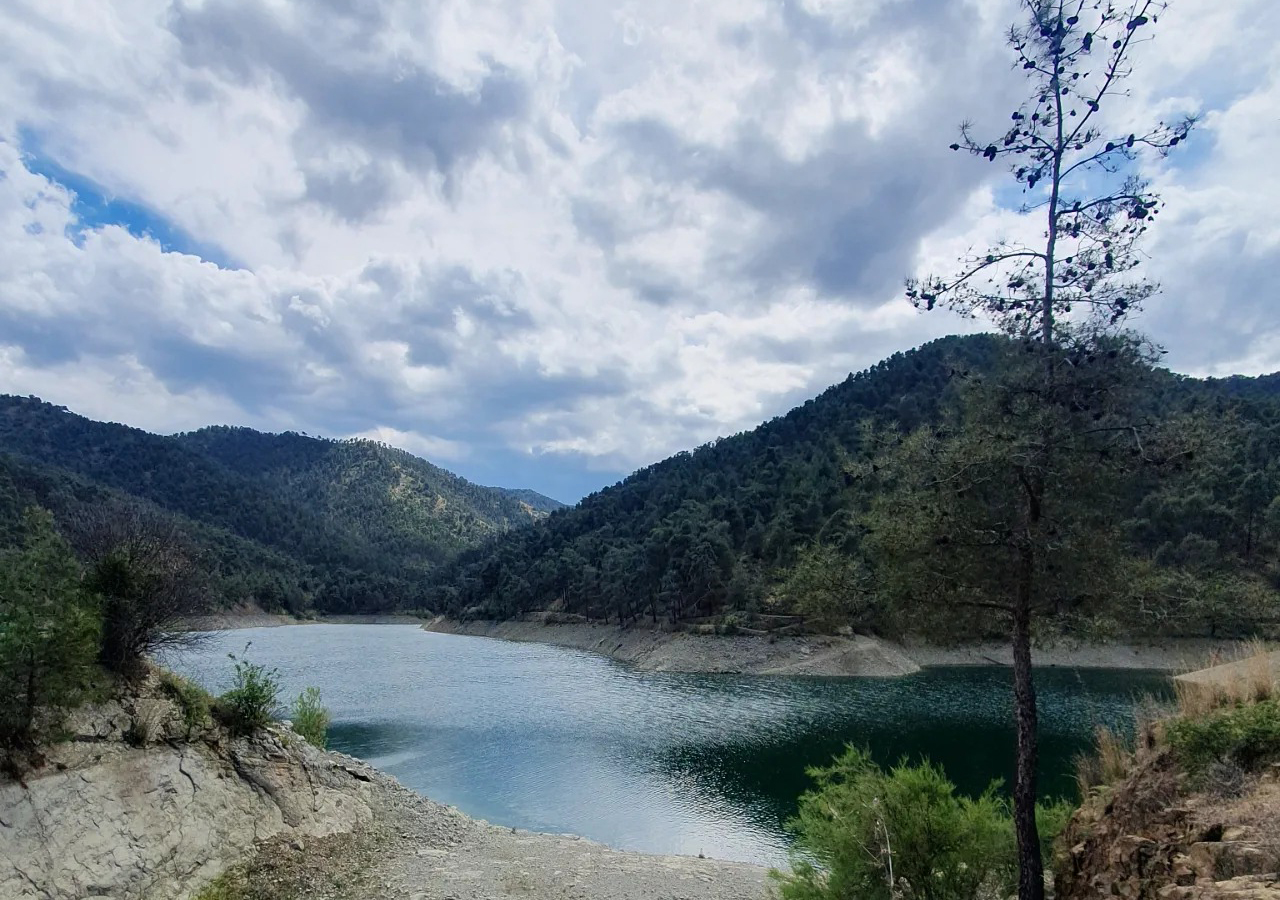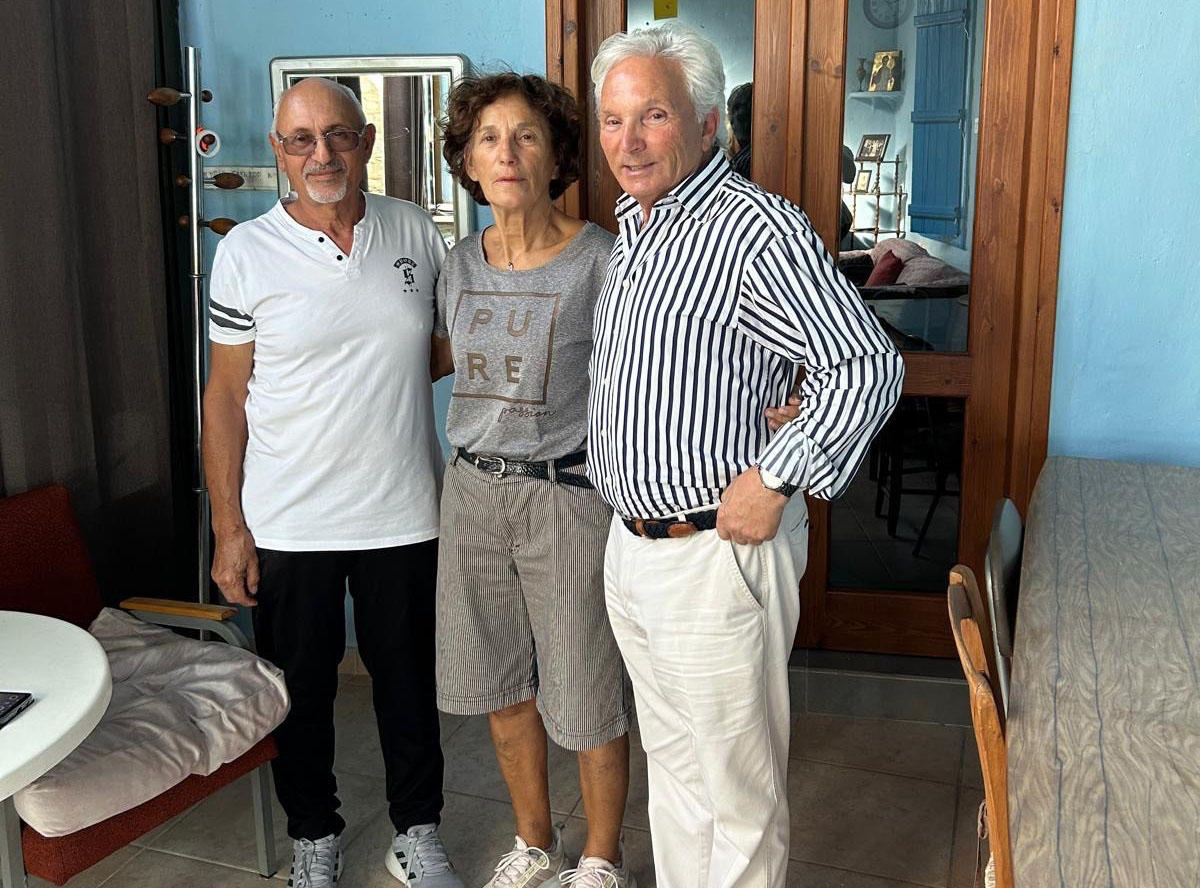Planned upgrades to the aged and leaking water supply network “can’t be done overnight” the agriculture ministry director said on Thursday.
Meanwhile, district self-governance organisation (EOA) heads pointed out that the €8 million in allocated funds, approved by cabinet on Wednesday, would only scratch the surface of the massive repair works required.
The EOAs, which had only recently taken over the maintenance of decades-long neglected waterworks, are facing a mammoth administrative as well as financial task that makes their mandated autonomous financial status impossible at present.
Speaking on CyBC’s morning radio, head of the Paphos EOA, Charalambos Pittokopittis said a meeting is to take place on Friday with Water Development Department (WDD) Director George Kazantzis to discuss next steps, and how precisely the announced millions are to be utilised.
Paphos faces the most acute water shortage problems, despite being the most water-rich district, Pittokopittis pointed out, due to at least 15 years of inaction.
“In Paphos we also have the added problem that the district has never before had a centralised water management board, and each municipality and community had been entrusted with maintaining their own water infrastructure,” he said.
This had resulted in a chaotic situation with crumbling pipelines and unpaid water debts in many areas, he said.
“We are now paying the price of past mistakes,” and this could not be foisted onto the public, Pittokopittis said.
Famagusta EOA head Yiannis Karousos, speaking on the same programme, said the funding was welcome but fell far below the amount required to resolve his district’s water supply issues.
The emergency funding announced was to bump up the funding received by EOAs, towards pipeline maintenance, to 100 per cent, when previously the state subsidy had been limited to 50 per cent, Karousos said.
But he added, “eight million is needed just to cover Paralimi,” and the state ought to be securing more funding out of state coffers.
Large scale planning and big financing are necessary not only to locate and fix leaks but to replace the entire outdated network, Karousos said.
The Famagusta EOA head detailed that in winter the district loses up to 80 per cent of its urban water from leaks, due to the hotels being closed and high pressure in the water system.
“On average, we lose 37 per cent of the water, that is 4.5 m3/year, which is equivalent to 65 per cent of the Achna reservoir capacity,” Karousos said.
He said the need for smart water meters to detect and curb losses was urgent –and these would also cost around €8m in themselves.
Approval was pending to proceed with repairs to the mains in Paralimni, while in Frenaros works had already reduced losses by 1000 m3/day, and in Liopetri by 500m3/day, Karousos said.
Total work needed for the district had been estimated to-date to require an injection of around €25-30m, he added.
Two European banks had been approached to evaluate possible loan scenarios, but the effort ought to be coordinated on a national level, he argued.
As for the imminently looming high tourist season which starts in April, Karousos said, “we are ready for all eventualities but keep in mind that [Famagusta] sees 100,000 tourists daily and operates 300-350 hotel units.”
General director of the agriculture ministry Andreas Gregoriou clarified that the allocated emergency funds were to be only the first installment of state aid to the EOAs, set to last through 2026.
“We must avoid panic because based on the current reservoir levels and the output from the four [operational] desalination units, WDD scenarios show the summer will be manageable, at least for drinking water, with the exception of problems anticipated in Paphos,” Gregoriou said.
As for irrigation, the director admitted “the problem is large.” Efforts were concentrated on saving permanent cultivations, which include trees [and golf course greens].
The island’s pattern of periodic droughts had meant that infrastructure works carried out in the past had not been enough to keep up with development, he said.
Information on the planned Kissonerga mobile desalination unit in Paphos was expected within the day, and the Garyllis and Limassol port mobile units were being promoted, as were discussions with the EAC for the fourth mobile unit in Moni.
Securing expansion of the four large permanent units and a provision of water from them via additional mobile units was also ongoing.
An international competition for direct consultation for floating and other units had been declared and 50 proposals had been received, which are being examined to determine if they could be fast and cost-effective.







Click here to change your cookie preferences